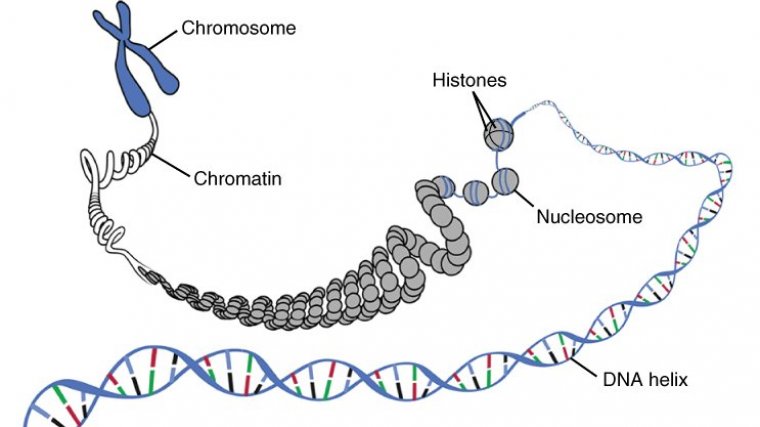| News / Science News |
Researchers identify genetic links to educational attainment
NIH | MAY 15, 2016
An international team of researchers has identified 74 areas of the human genome associated with educational attainment. It is well known that social and other environmental factors influence education, but these findings suggest that large genetics analyses may be able to help discover biological pathways as well.
Social Science Genetics Association Consortium (SSGAC) led by Daniel J. Benjamin, Ph.D., of the University of Southern California, found 74 separate areas (loci) on human chromosomes that are associated with more years of education.
These loci are also associated with other areas that correlate with increased cognitive performance and intracranial volume, decreased levels of emotional instability (neuroticism) and decreased risk of Alzheimer’s disease.
Previous research has shown that genetic factors account for about 20 percent of variation in educational attainment.
In this study, 74 single nucleotide polymorphisms (SNPs) were identified. The investigators note that, as a group, these SNPs only account for a very small portion (0.43 percent) of the variation across individuals in the sample; individually, each SNP has a very small influence.
The study team regards this study as preliminary and exploratory. Because educational attainment is a complex phenomenon, there are many additional sources of molecular genetic variation to be discovered. Other genetic and environmental effects and their interactions are important topics for future research.
We’ve known for quite a while that education appears to be a protective factor against Alzheimer’s. But, education is itself a very complicated outcome. It depends on genetic contributions to cognitive ability and other characteristics that motivate individuals to continue education, as well as substantial environmental contributions to educational success.
YOU MAY ALSO LIKE





